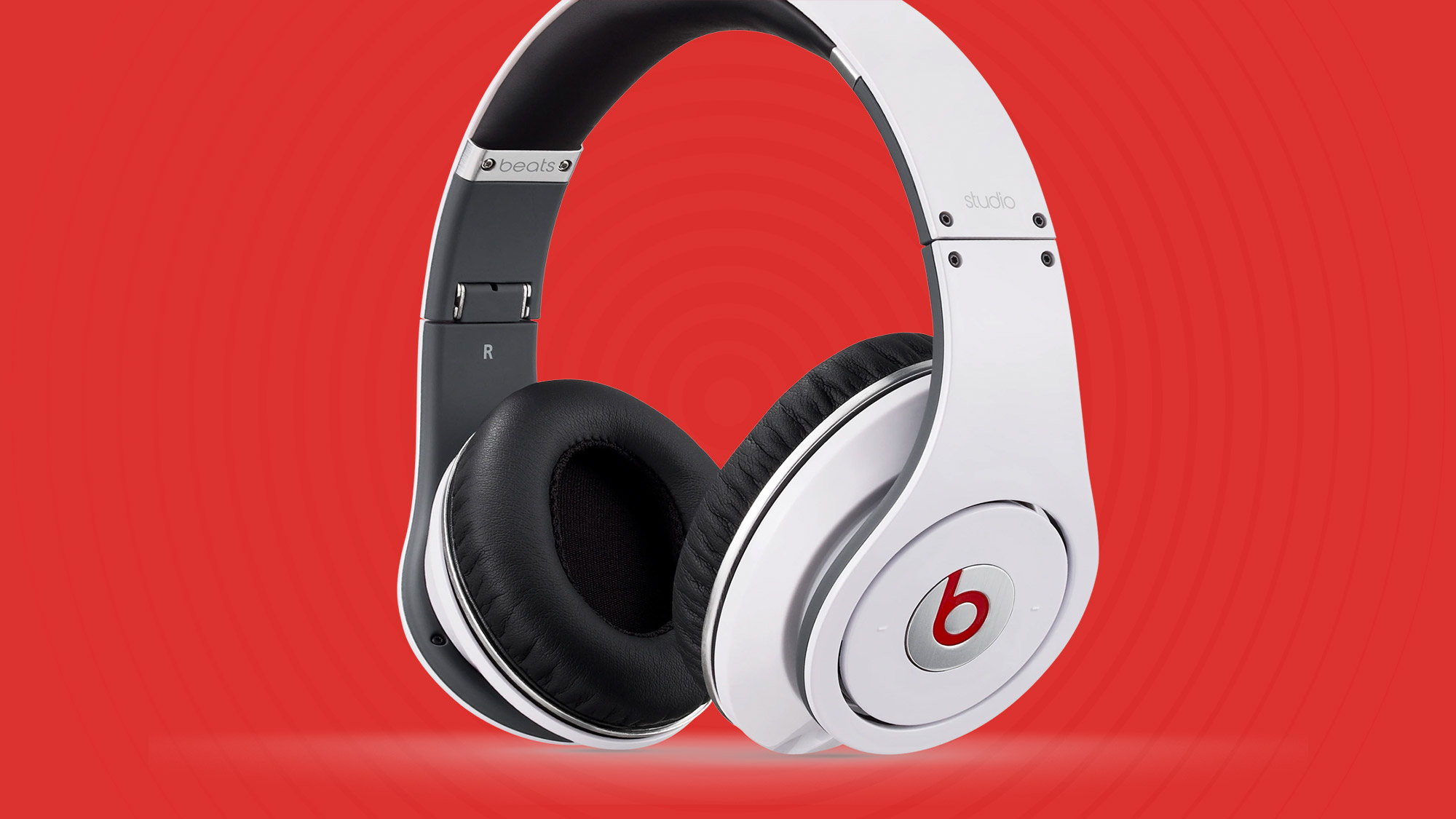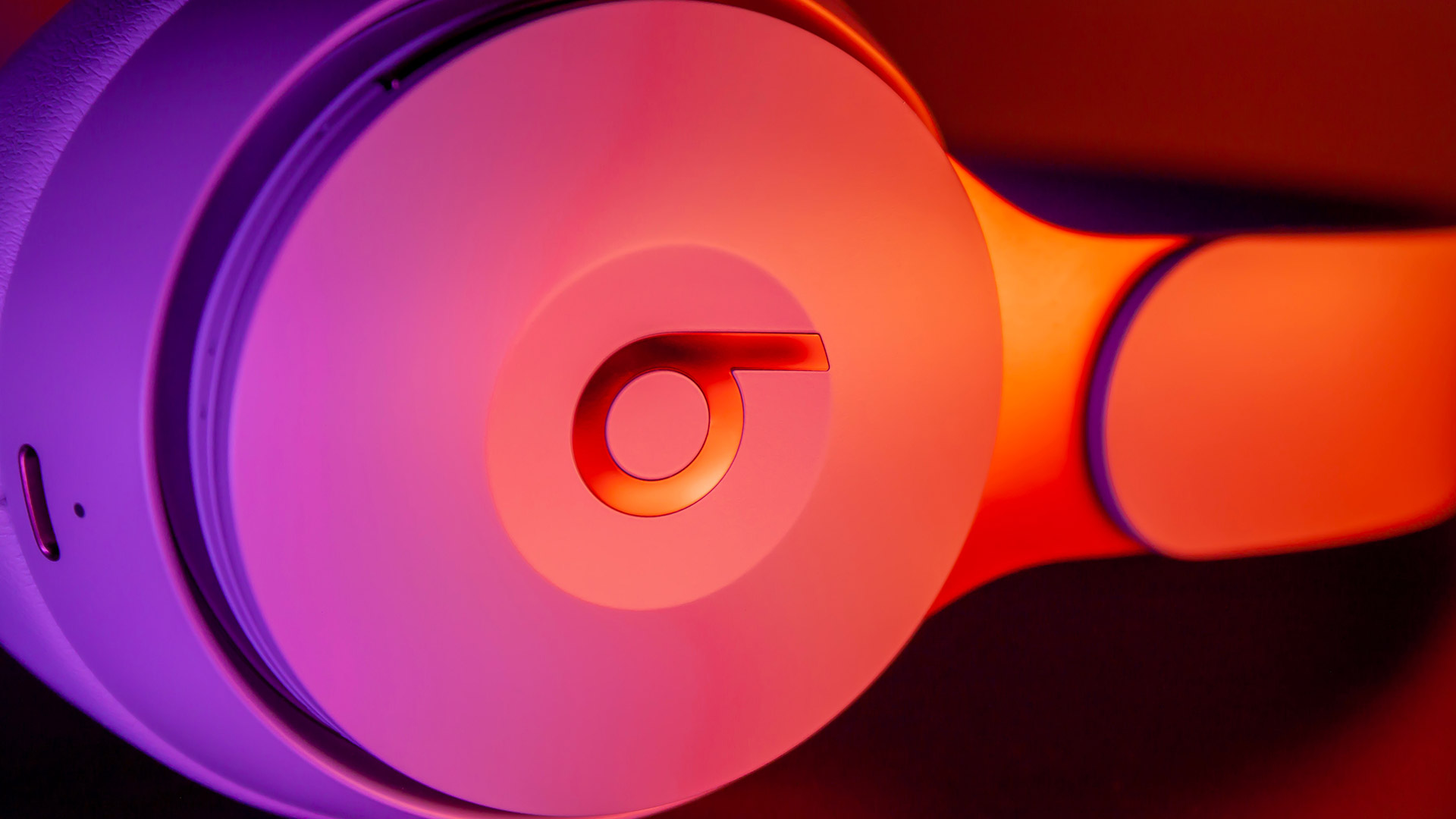
It’s been 15 years since Beats launched Beats by Dre Studio, its first ever pair of headphones. By 2012, NPD data notes that it had 64% of the premium US headphone market and by 2013 the brand was worth a whopping $1 billion. Today, Beats is part of Apple’s empire and continues to expand – it's released some of the best headphones in recent years and just launched its latest, the Beats Studio Pro.
According to legend, the whole thing started with a conversation between music producers Dr Dre and Jimmy Iovine. When Dre said he was talking to a major brand about making Dre shoes, Iovine responded: “Fuck sneakers! Let’s sell speakers!”
That’s the official story. But while you’re unlikely to forget about Dre, there’s a third name in the Beats story that doesn’t get the same attention. His name is Noel Lee, and he plays the drums, designs laser weapons and knows a thing or two about audio hardware too.
Making a Monster
Tech wizard Noel Lee created Monster Cable, the high-end audio firm, because he felt that standard speaker cables were junk. His son Kevin turned him on to hip-hop and, according to Zack O’Malley Greenburg’s excellent Beats biography 3 KINGS, urged him to team up with Dre and Iovine. A meeting was duly arranged, during which Lee tried to talk the men out of making speakers.
“Nobody buys speakers any more,” Lee said. “Big speakers – you can’t take it with you. Everything is portable. Kids don’t listen to speakers. You got to do headphones.”
The argument worked and the three men came to an agreement: Dre would be the face of the brand and Lee’s company would design, engineer, manufacture and distribute the headphones, paying a royalty to Iovine, to Dre, and to Iovine’s company Interscope Records. Iovine and Dre would own the bulk of the equity in the product, with Lee getting a smaller share and even smaller bits going to musician Will.I.Am and NBA star LeBron James.

Beats were made for hip-hop from the very outset, with Dre testing around a dozen of the near-hundred prototypes that Lee and renowned industrial designer Robert Brunner created. Dre used 50 Cent’s "In Da Club" as his reference track, finally settling on a bass-heavy set that really delivered the low end he wanted. “It was the first time anybody had heard that bass,” Lee recalls. “Sennheiser didn’t do it, Bose didn’t do it, Sony didn’t do it”. While the big-name headphones focused on the same music they’d always focused on – classical music, adult-oriented rock and so on – Beats were the first headphones that made music sound like it did in da club.
Beats were made with a very specific sound profile in mind, a profile that would boost the lower frequencies to deliver thudding low-end: the same low-end you’d hear pumping out of cars and of club speakers. It also had the added benefit of working really well in urban environments, drowning out the thrum of city traffic and people. And it ties in with our own natural wiring: we’re born addicted to bass. As a study in the Proceedings of the National Academy of Sciences of the USA noted, our brains are wired to recognize rhythms at low frequencies: it’s the bass that makes you nod your head and want to move your body. The first sound you ever hear is the kick drum of your mother’s heartbeat.
Beats weren’t just made to sound different. They were made to look different. As Iovine recalls, before Beats came along headphones were dull to look at – “like medical equipment,” he said. Beats were designed to look like fashion accessories, and many owners wore them as much to be seen as to hear.
Down on the Beats
Reviews of the first Beats by Dre headphones were often damning. Some reviewers didn’t like the fact they were made by Monster, a firm that by this time was facing allegations of selling overpriced cabling that promised more than the laws of physics could deliver. Audiophiles hated the bass-heavy sound. And more than anything, people hated the price. $350? For headphones?
But the people who bought Beats by Dre loved them, and Beats had an asset that no other headphone firm had: Dr Dre. Dre is of course a hip-hop legend, and his name on a product is highly desirable. Not only that, but Dre was, and is, incredibly well-connected – so he was able to put headphones on the heads of actual artists, who gave feedback on how they wanted their own music to sound. So Beats came out the gate with multiple endorsements from the people who matter most: the musicians.
Stars including P Diddy and Will.I.Am were vocal supporters from the get-go, and the headphones came out during a pivotal shift in music: the biggest names in pop music were no longer the boy bands and grunge rockers of the late ’90s and early aughts. They were Kanye and Drake, Rihanna and Beyoncé: the people whose music Beats were made for.
Dre and Iovine were smart, leveraging star power even further: Iovine’s Interscope record label put Beats by Dre in its artists’ music videos, so you’d see the headphones on Lady Gaga, Nicky Minaj and Miley Cyrus. And Beats would make limited edition “capsule collaborations” with stars: Heartbeats with Lady Gaga in 2009, Diddybeats and Powerbeats with P Diddy and LeBron James in 2010, and limited edition Beats Pro with Lil Wayne in 2012.
That got a lot of attention, not all of it good: 50 Cent, Ludacris and Jay-Z would all front doomed attempts to copy Beats’ magic. But one rival was paying attention, and not because it wanted to bury Beats. Apple wanted to buy it – and in 2014, it did. The $3 billion deal made Dr Dre the richest hip-hop producer in history.

A $3 billion bargain
Buying Beats was partly about an acquiring an incredibly profitable tech company: in 2014 Beats brought in a billion dollars from headphone sales. But it was also a talent buy and a product buy: the best Beats headphones appealed to a different audience than the stereotypical Apple customer, and while Apple’s own AirPods were well under way – they would launch two years later in 2016 – the deal gave Apple more engineering talent, talent that no doubt helped create 2020’s AirPods Max, as well as the talents of Dre and Iovine. But there was another product that Apple really wanted: Beats Music.
Beats Music had just launched in 2014 when Apple bought the company. Where the likes of Spotify focused on a kind of Costco approach, selling a huge catalog of music in bulk for a low price, Beats positioned itself as more purist: the place to get “that feeling only music that moves you can give”. Iovine was fond of saying that the only thing more important than the song you’re listening to is the song that plays next, and Beats focused heavily on playlists and recommendation rather than just having a big selection for you to wade through.
Beats Music became Apple Music in 2015 and has grown every year since; in the US, it has more subscribers than Spotify. And by the end of 2022, Apple had the biggest share of the US headphone market too. In a study by Statista, 34.4% of responders used Apple headphones and 15.3% wore Beats. If Apple’s headphones division were a separate business, it’d be bigger than Motorola.
Today’s Beats may share their DNA with the 2008 originals, but the brand is very different. It’s effectively Apple’s youth division, delivering fairly similar tech and features to Apple’s own headphones – the Beats Studio Buds Plus are a serious rival to the AirPods Pro 2 – in slightly less sober clothing. It’s fair to say that the launch of a new set of Beats doesn’t deliver the same excitement it did a decade ago – but then they don’t need to, because Beats did to the headphone market what the iPhone did to smartphones. The Beats by Dre Studio may well be the most influential beats Dre ever dropped.







